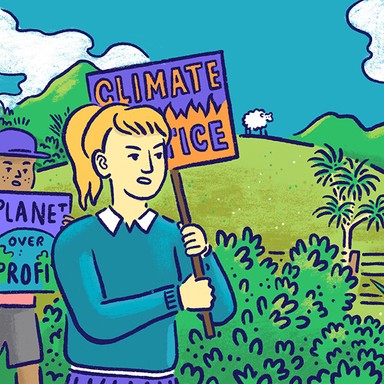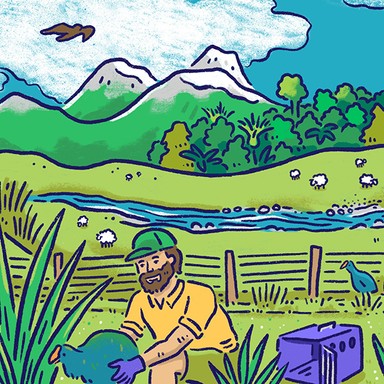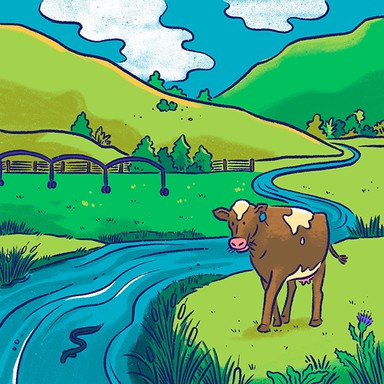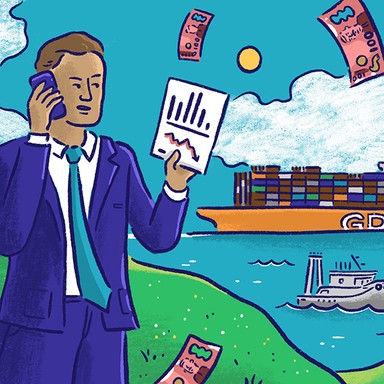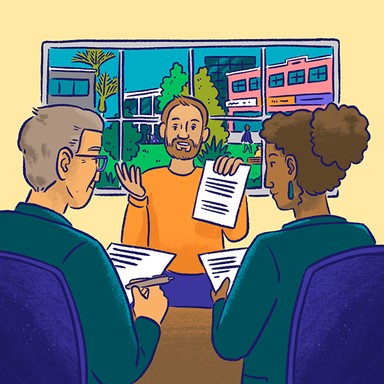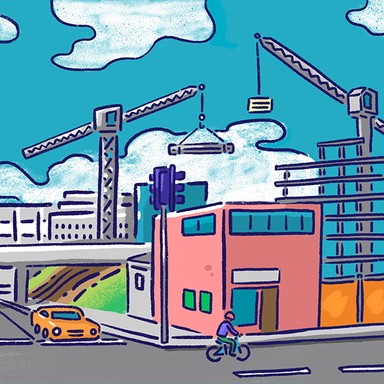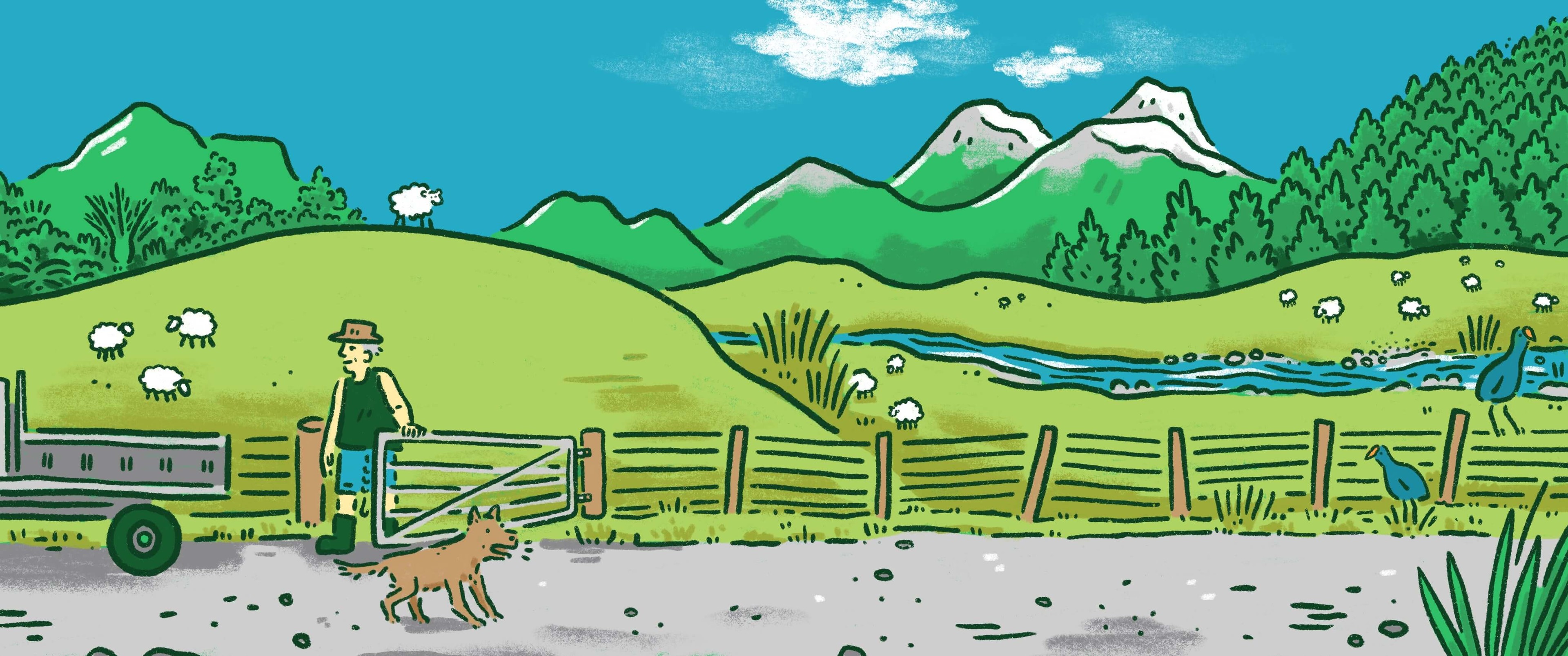
Greater Wellington Regional Council
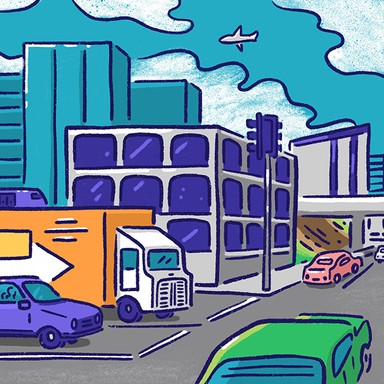
Transport
Helping communities get from A to B is a key responsibility of local government, from making sure the buses run on time to providing car parking and walking and cycling paths. Whether public transport is the responsibility of the regional or local council depends on where you are in the country. Local councils also own 87% of New Zealand’s roads.

Transport
Helping communities get from A to B is a key responsibility of local government, from making sure the buses run on time to providing car parking and walking and cycling paths. Whether public transport is the responsibility of the regional or local council depends on where you are in the country. Local councils also own 87% of New Zealand’s roads.
More Puffin crossings (which can detect slower pedestrians and ensure the pedestrian light stays greener longer) to be placed near schools.
Widen more footpaths. There are still a lot that are too narrow. Ensure trees and bushes are trimmed away from the paths.
Introduce car pooling incentives to reduce cars on the road and congestion at peak hours.
Invest in the safety of our community by creating bike lanes especially on major roads. Ensure connectivity between popular bike areas.
Encourage the use of low emission public transport by increasing the infrastructure and making it affordable, convenient and efficient.
Support regional development with transport infrastructure which provides links to provincial and rural areas.
I advocate for free public transport. The case for this becomes more obvious each year as it brings environmental and economic gains.
Greater Wellington needs to continue to work with local councils to maximise the potential for public transport.
Walkways, cycleways, bridleways can be facilitated at a regional level though often implemented locally. Eg, the cycleway through QE Park.
More Puffin crossings (which can detect slower pedestrians and ensure the pedestrian light stays greener longer) to be placed near schools.
Widen more footpaths. There are still a lot that are too narrow. Ensure trees and bushes are trimmed away from the paths.
Introduce car pooling incentives to reduce cars on the road and congestion at peak hours.
Invest in the safety of our community by creating bike lanes especially on major roads. Ensure connectivity between popular bike areas.
Encourage the use of low emission public transport by increasing the infrastructure and making it affordable, convenient and efficient.
Support regional development with transport infrastructure which provides links to provincial and rural areas.
I advocate for free public transport. The case for this becomes more obvious each year as it brings environmental and economic gains.
Greater Wellington needs to continue to work with local councils to maximise the potential for public transport.
Walkways, cycleways, bridleways can be facilitated at a regional level though often implemented locally. Eg, the cycleway through QE Park.
Mayor
Compare the mayoral candidates in your area
Local council
Compare the candidates for your city or district council
Regional council
Compare the candidates for your regional council
Local board
Compare the candidates for your local or community board
